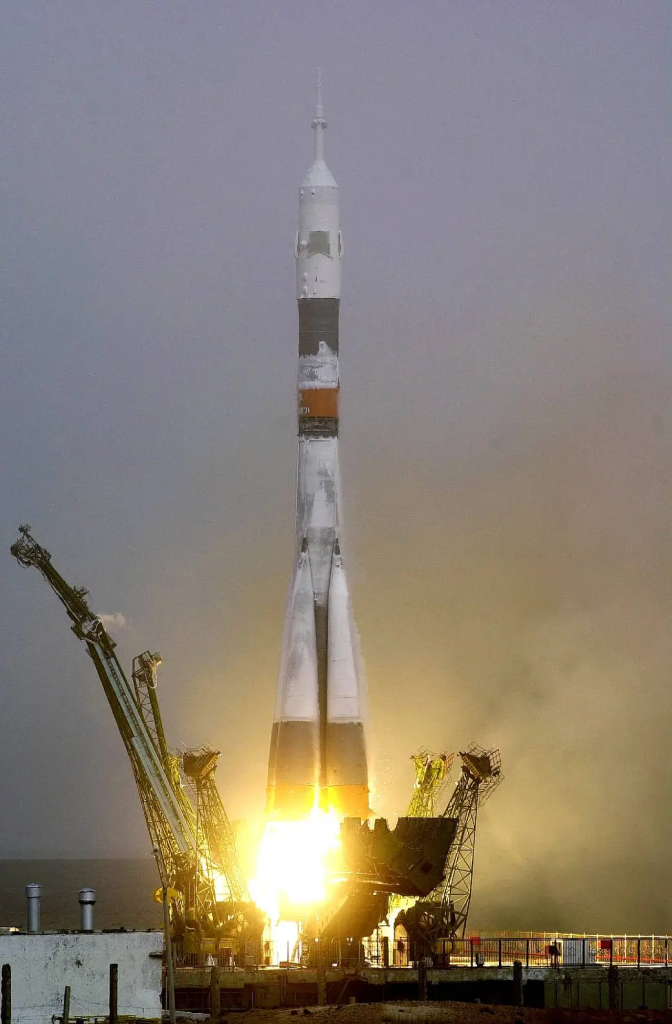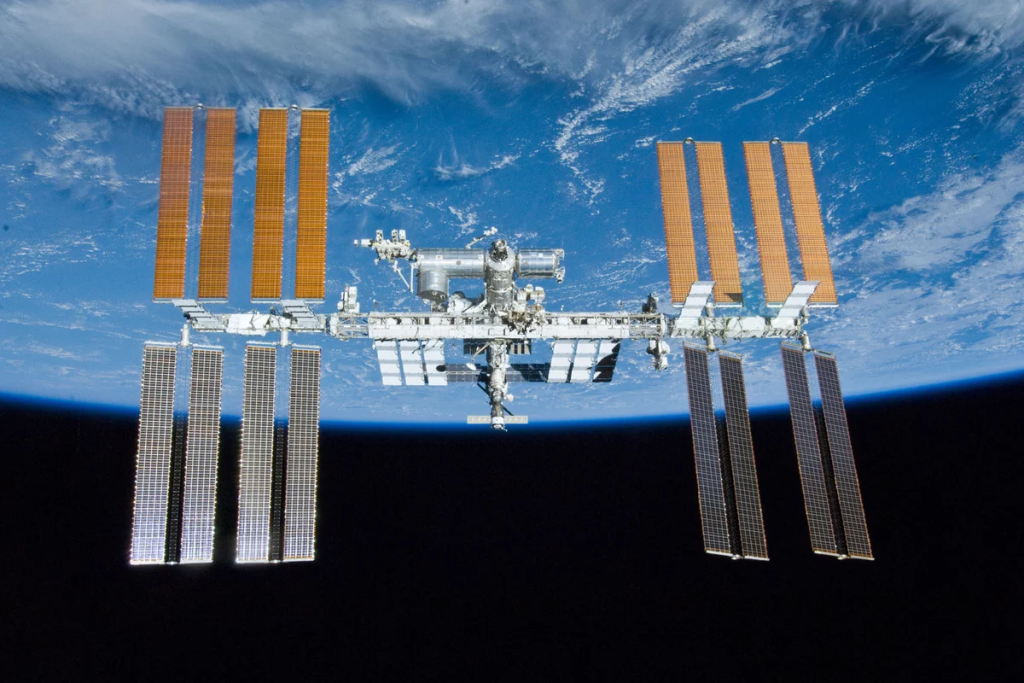The Importance of a Controlled Deorbit
The ISS has been a hub of scientific research and international cooperation for over two decades. Orbiting Earth every 90 minutes, it has hosted thousands of experiments that have expanded our understanding of science, technology, and human physiology. However, as the station ages, planning for its deorbit has become crucial to avoid uncontrolled re-entry, which could pose significant risks to populated areas on Earth.

Ken Bowersox, associate administrator for Space Operations Mission Directorate at NASA, emphasized the importance of this mission: “Selecting a U.S. Deorbit Vehicle for the International Space Station will help NASA and its international partners ensure a safe and responsible transition in low Earth orbit at the end of station operations.”
SpaceX’s Role and Responsibilities
Under the terms of the contract, SpaceX will develop the U.S. Deorbit Vehicle, a specialized spacecraft designed to safely guide the ISS into the Earth’s atmosphere and towards its final resting place in the Pacific Ocean’s “spacecraft cemetery.” This remote area, located between New Zealand and South America, has been the designated disposal site for nearly 300 spacefaring vehicles.
The deorbiting process will be complex and will occur in stages. Initially, the vehicle will guide the solar arrays and radiators into the ocean, followed by the individual modules, and finally, the main structure, known as the truss. Given the ISS’s massive size, nearly a million pounds, it is too large to burn up entirely upon re-entry, making a controlled deorbit essential.
Collaboration and Future Prospects
The ISS has been a collaborative effort between NASA, the European Space Agency (ESA), the Japan Aerospace Exploration Agency (JAXA), the Canadian Space Agency (CSA), and Roscosmos. Each agency has played a vital role in its operations. While the U.S. and its partners have committed to maintaining the ISS through 2030, Russia’s participation is expected to continue only until 2028.
The controlled deorbit of the ISS is a shared responsibility among all five space agencies. However, it is not yet clear if the international partners will share the cost of SpaceX’s deorbit vehicle. As NASA transitions to commercially owned space destinations, it is crucial to ensure the safe disposal of the ISS to prevent any risks to Earth.

Looking Ahead
NASA’s partnership with SpaceX for the ISS deorbit mission aligns with the agency’s broader goals of fostering scientific, educational, and technological developments in low Earth orbit while also supporting deep space exploration. As NASA prepares for the deorbit of the ISS, it is also planning for the future of space exploration through projects like the Artemis program, which aims to return astronauts to the Moon and eventually establish a permanent lunar outpost.
In the meantime, several private companies are stepping up to develop their own space stations. SpaceX, in collaboration with Vast, plans to launch a space station in 2025, while Blue Origin’s Orbital Reef is slated for launch later in the decade. Voyager, Lockheed Martin, and Nanoracks are also developing the Starlab facility, expected to be operational by 2027.
The $843 million contract to SpaceX for the controlled deorbit of the ISS marks a significant milestone in space exploration and international cooperation. As the ISS nears the end of its operational life, this mission will ensure a safe and responsible transition, paving the way for future commercial space stations and deeper space exploration endeavors.
By choosing SpaceX, NASA continues to demonstrate its commitment to safety, innovation, and the future of space exploration, while also honoring the legacy of the ISS as a beacon of international collaboration and scientific discovery.


